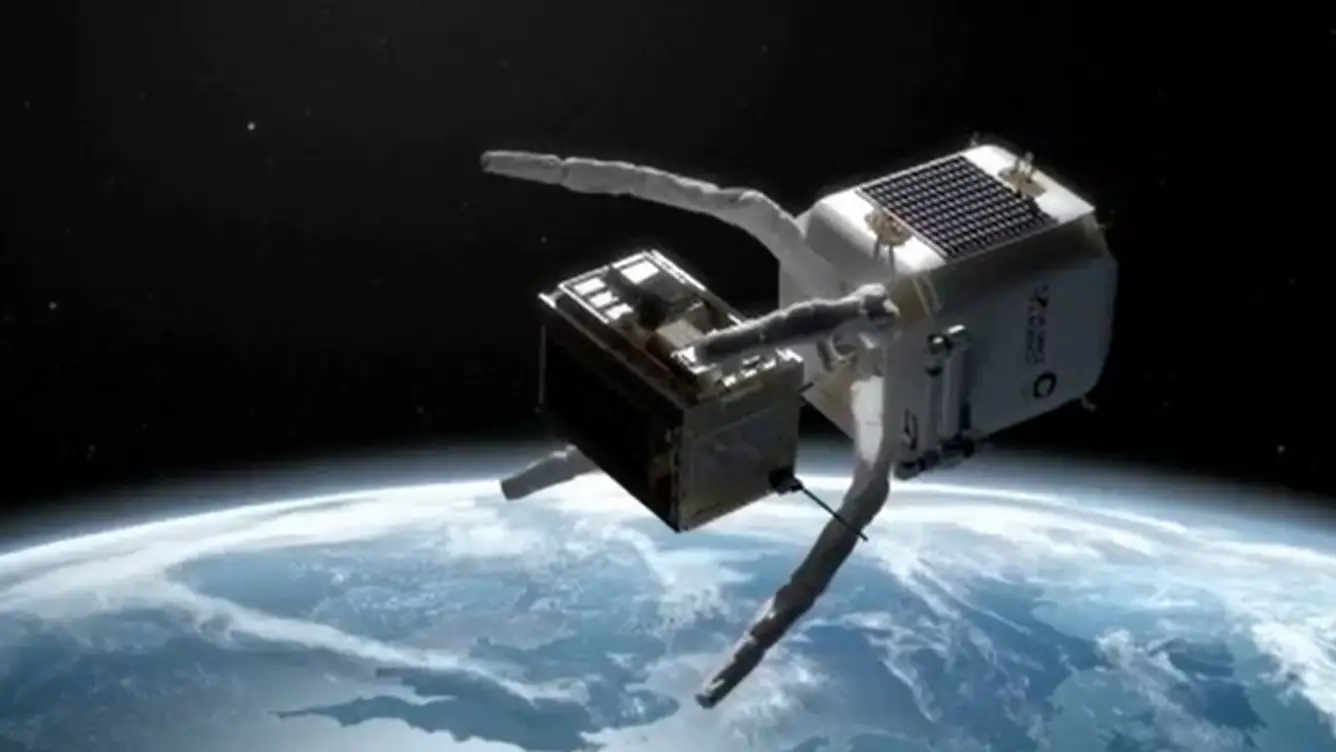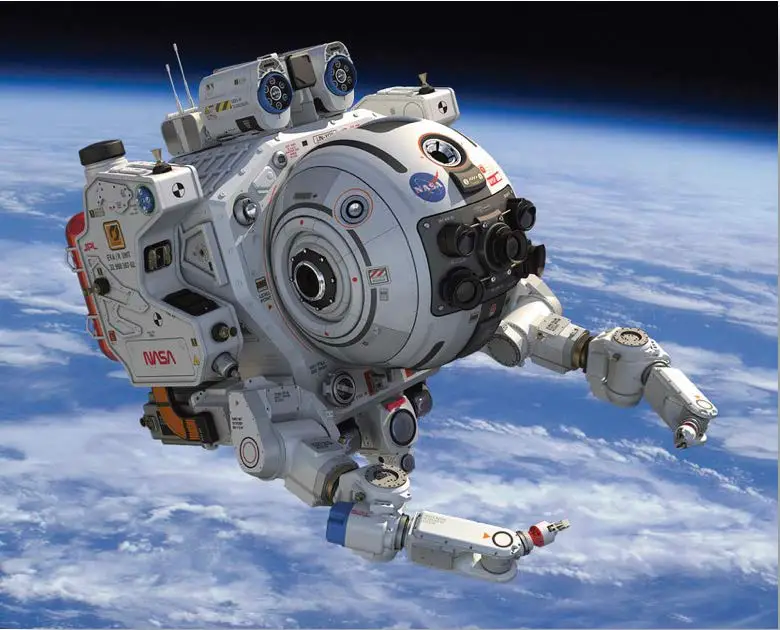In order for a robotics fleet management system to be interoperable, it must use open source software. This allows different manufacturers to create interoperable products, which is beneficial for both the robots and the humans operating them. Interoperability can improve robot efficiency by allowing them to communicate and cooperate with each other.
What is a robotics fleet management system and what does it do
A robotics fleet management system is a system that allows different robots to communicate and cooperate with each other. This is made possible by open source software, which allows different manufacturers to create interoperable products.
A robotics fleet management system allows for coordinated robot operations. By using open source software, different robots from different manufacturers can work together. This can result in increased efficiency and effectiveness when compared to traditional methods of coordinating robots.
The benefits of interoperability for robotics fleet management
There are many benefits to using interoperable robots in a fleet management system. One benefit is that it can allow for coordinated robot operations. By using open source software, different robots from different manufacturers can work together. This can result in increased efficiency and effectiveness when compared to traditional methods of coordinating robots.
Another benefit of interoperability is that it can improve robot efficiency. By allowing different robots to communicate and cooperate with each other, interoperability can help reduce errors and duplication of tasks. In addition, interoperability can help reduce the need for human intervention, which can further improve efficiency.
How interoperability can improve robot efficiency?
There are many ways that interoperability can improve robot efficiency. One way is by allowing different robots to communicate and cooperate with each other. By doing this, interoperability can help reduce errors and duplication of tasks. In addition, interoperability can help reduce the need for human intervention, which can further improve efficiency.
Another way that interoperability can improve robot efficiency is by allowing different manufacturers to create interoperable products. This allows different robots to work together, which can result in increased efficiency and effectiveness when compared to traditional methods of coordinating robots.
How interoperability can improve robot efficiency
Interoperability is key when it comes to robotics fleet management. By allowing different robots to communicate and cooperate with each other, interoperability allows for more efficient task execution. This is made possible by open source software, which allows different manufacturers to create interoperable products.
Open source software is also important because it allows for greater innovation and customization. This means that manufacturers can create products that are better suited to the needs of their customers. It also allows for more competition, which drives down prices and improves quality.
In conclusion, interoperability is a key factor to consider when choosing a robotics fleet management system. By allowing different robots to communicate and cooperate with each other, interoperability can improve robot efficiency. Open source software is important for interoperability because it allows different manufacturers to create interoperable products.
The importance of open source software for interoperability
Open source software is important for interoperability because it allows different manufacturers to create interoperable products. This is important because it allows for greater innovation and customization. Open source software allows different manufacturers to create products that are better suited to the needs of their customers. It also allows for more competition, which drives down prices and improves quality.







